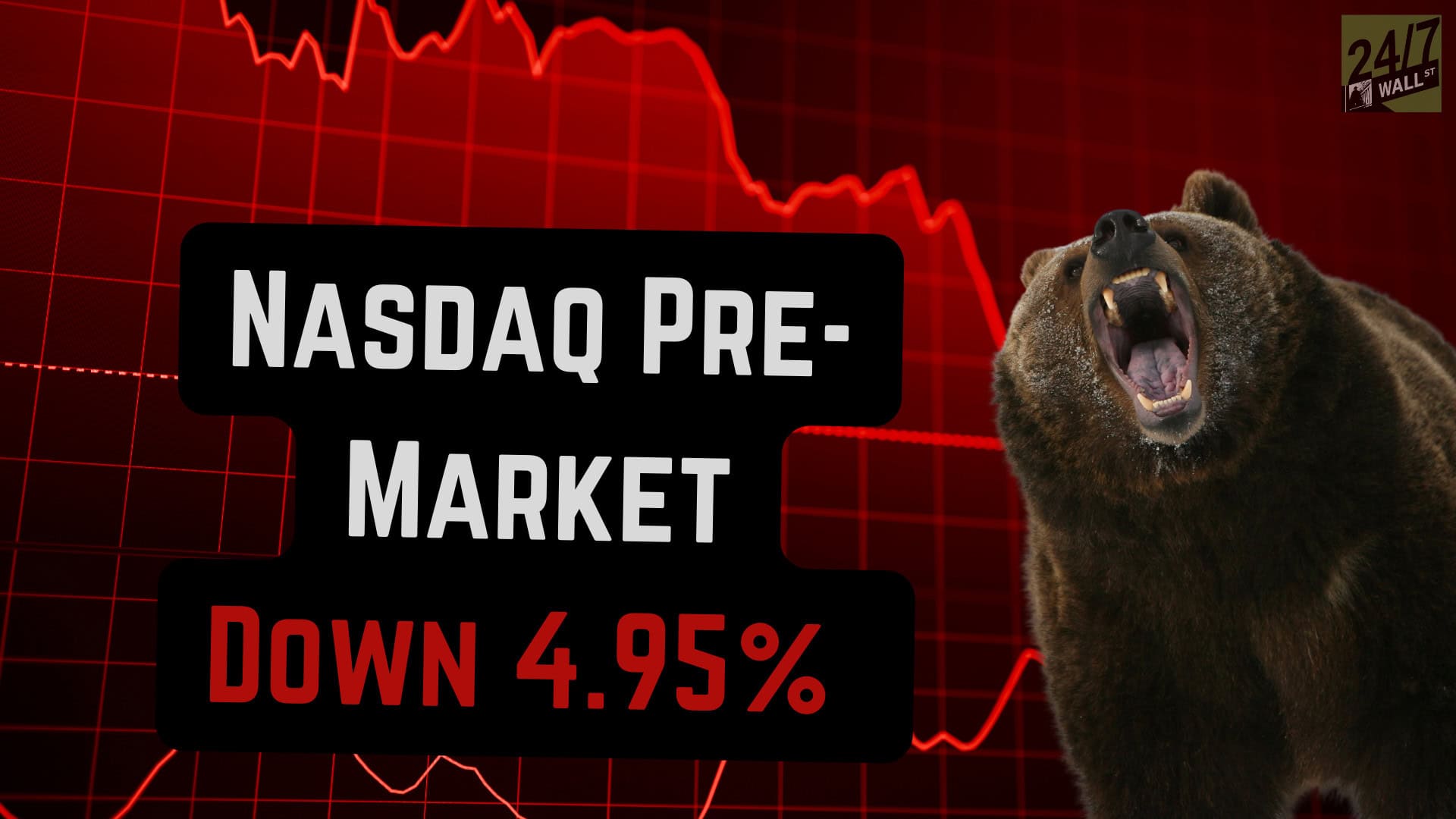Investing
Why Japan's "Carry Trade" Is Causing a Global Stock Meltdown

Published:
Last Updated:

The odds are you’re reading this on Monday morning waking up wondering why US stock futures are so far in the red. As of 3:15 a.m. ET, Nasdaq futures are down 4.95% while Japan’s Nikkei 225 index crashed 12.4% overnight.
That was the biggest loss for the Nikkei since 1987. Banks in Japan did even worse, falling 17%, their biggest one-day loss on record.
Let’s take a look at what happened in world markets overnight, and why Japan’s “carry trade” could be leading to panic selling across the globe.

The “carry trade” is when investors borrow in a currency with low rates, and reinvest them in other currencies with high rates of return. Japan has long had some of the lowest interest rates in the world, so it has become a popular target for the carry trade.
Last week, the Bank of Japan raised its short-term policy rate from 0-.1% to .25%. Believe it or not, but that was the largest raise from the Bank of Japan in more than 15 years!
The reason the Bank of Japan finally moved to raise rates is that inflation has begun creeping up in the country. In the United States, we’ve seen rates elevated to reduce inflation. However, Japan has mostly seen its currency devalue as a consequence for its continuing low interest rates.
The Yen recently traded for a 38-year low against the dollar.
However, with Japan signaling more rate rises, the Yen has started punching back against the dollar. This move looks small, with the Yen moving from about 161 per dollar down to 143, but it has a couple of major outcomes:
If you’re a trader who used the carry trade to borrow in Yen and you bought U.S. equities, you’re now facing two problems. First, the equities you bought are selling off (and facing the prospect of a recession). Second, the dollar is weakening against the Yen.
Of course, traders must re-buy Yen to close their positions, which only further exacerbates the situation. So now you can see how unwinding the “carry trade” puts significant pressure on both Japanese companies and stocks in the United States as well.
Whenever you’re looking at big macro themes impacting the prices of global assets; there are a number of factors happening at once. For example, right now we have:
1.) Fears around a coming U.S. recession that started last week put world markets on edge.
2.) Then there’s also the relationship between decreasing interest rates and treasury prices. As expectations for rate cuts soar, the value of treasuries rises and leads to more capital flowing out of riskier assets (like stocks) and toward fixed income.
3.) And beyond those factors, there is also tremendous geopolitical uncertainty right now. Within the next week, it’s expected that Iran and its allies will launch a major strike against Israel, which may retaliate against Iran’s economic infrastructure (such as oil wells) and begin a larger regional war.
This is all to say, there are a lot of reasons for skittishness in the markets right now which are leading investors to exit equities and reduce their overall risk.
While Central Banks set policy, markets often force their hands. Japan appears to be in a tough situation currently. They could follow a cut by the U.S. Federal Reserve with one of their own, but that would likely lead to the persistent inflation they’re trying to avoid.
Once trading in the U.S. opens today, it’s likely that many of the stocks that have seen the highest returns year-to-date will suffer the most. That’s both to reduce risk and because traders need to close out “carry trade” positions that have performed well. That’ll likely mean some outsized losses for stocks like NVIDIA (Nasdaq: NVDA) and Apple (Nasdaq: AAPL) once the market opens today.
If you’re watching markets on edge and looking for “buy the dip” candidates to keep an eye on in the weeks ahead, then you’ll want to grab a free copy of our “The Next NVIDIA” report. Many companies leading the biggest trend in the world are selling for 20%, 30%, or even 40% off where they recently traded. Just remember, this report is available for a limited time (and you can download a copy to keep).
Thank you for reading! Have some feedback for us?
Contact the 24/7 Wall St. editorial team.